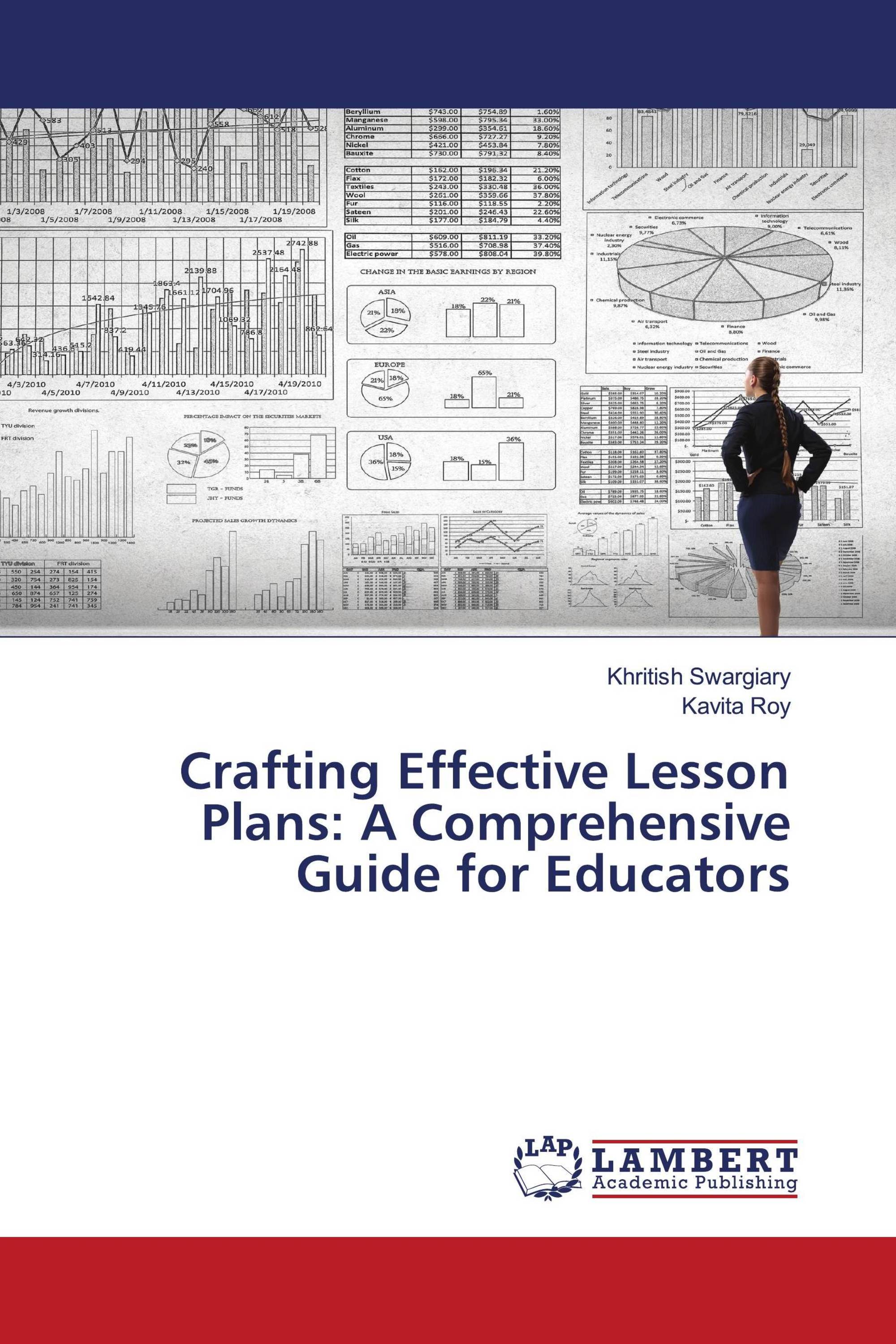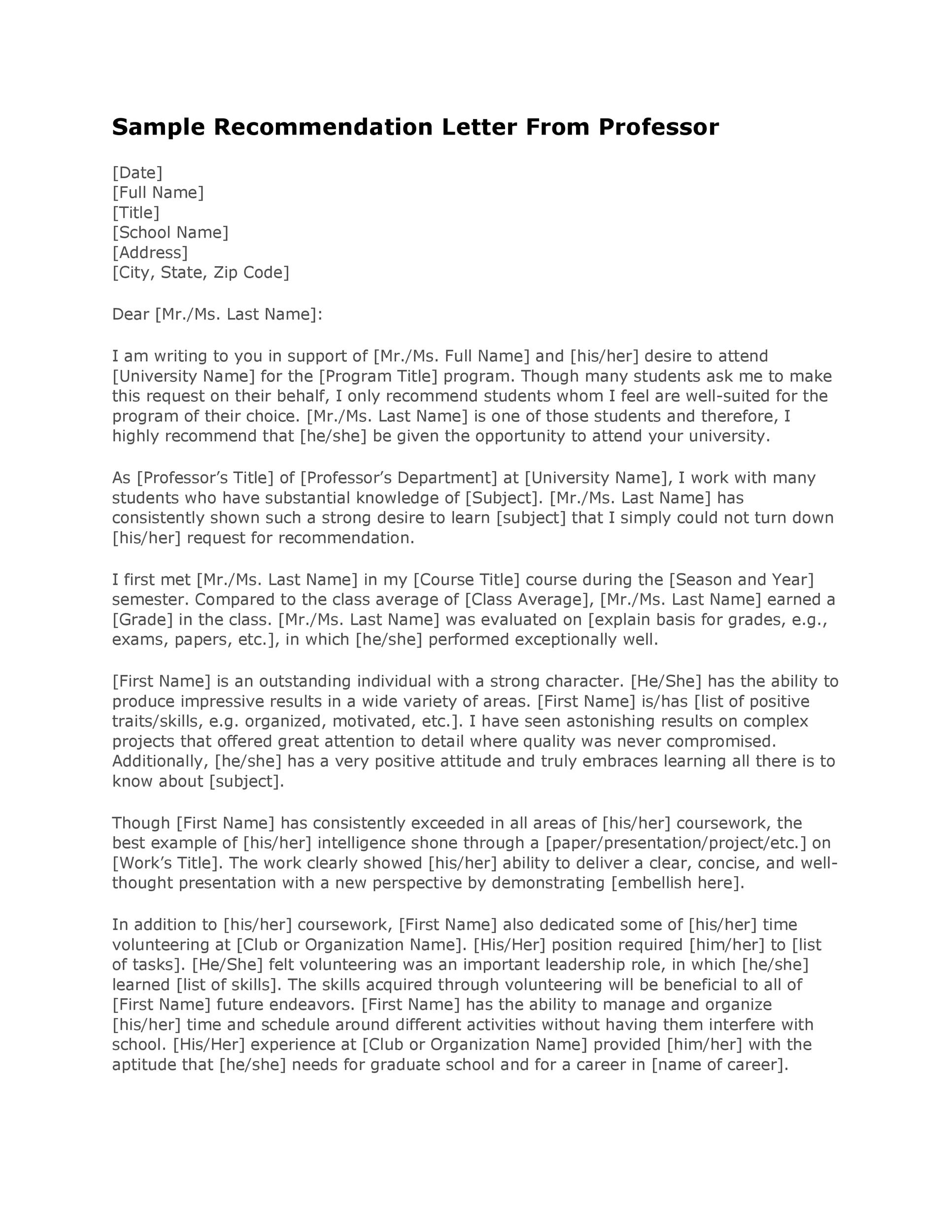Effective communication is vital in the world of education. Whether you’re a teacher reaching out to parents or a parent expressing your concerns to a school, crafting professional and impactful letters can make all the difference. This comprehensive guide will equip you with the knowledge and techniques to compose compelling letters that convey your message with clarity and professionalism.
Why Professional Letters Matter in Education
Clear and effective communication is essential for fostering positive relationships between educators, parents, and students. Letters serve as a formal means of conveying information, addressing concerns, and building trust. They provide a structured way to document communication and ensure that all parties are on the same page. Moreover, professional letters reflect the sender’s credibility and commitment to education.
The Purpose of Effective Letters in Education
Crafting effective letters in education serves several key purposes. These include:
- Establishing and maintaining clear communication channels
- Addressing concerns and finding solutions
- Building trust and rapport between educators and parents
- Documenting important conversations and decisions
- Enhancing collaboration and support for students
Professional and effective letters play a vital role in fostering a positive and productive educational environment. By following best practices in letter writing, you can ensure that your message is conveyed clearly, respectfully, and with the desired impact.

Guide:Crafting a Terra Blade – Official Terraria Wiki | Crafting – Source www.pinterest.pt
Crafting Professional Letters: Essential Elements
To craft a professional letter in education, consider the following essential elements:
- Clear and Concise Language: Use language that is easily understood by the recipient. Avoid jargon or technical terms that may be unfamiliar.
- Appropriate Tone: Maintain a professional and respectful tone throughout the letter. Avoid using emotional language or personal attacks.
- Well-Structured Format: Organize your letter in a logical and easy-to-follow format. Use clear headings and paragraphs to break up the content.
- Proofreading: Before sending your letter, carefully proofread it for any errors in grammar, spelling, or punctuation.
- Personalization: When appropriate, personalize the letter to the specific recipient. Use their name and address the situation that prompted the letter.
By adhering to these elements, you can create letters that are both informative and impactful. Professionalism and attention to detail will enhance the effectiveness of your communication and foster a positive educational environment.

Week 6 Dispositions Essays – Suemaya Abdallah Grand Canyon University – Source www.studocu.com
Understanding the Context of Professional Letters
The context of a professional letter in education is crucial to its effectiveness. Consider the following factors when writing:
- Purpose: Determine the primary purpose of your letter. Is it to inform, request information, or address a concern?
- Audience: Identify your audience and tailor your language and tone accordingly. For example, a letter to a parent will differ from one to a school administrator.
- Background: Provide sufficient background information to ensure that the recipient understands the context of your letter.
- Desired Outcome: Specify the desired outcome of your letter. What do you hope to achieve by sending it?
By understanding the context of your letter, you can customize its content and tone to increase its impact and achieve your desired goals.

Crafting Effective Lesson Plans: A Comprehensive Guide for Educators – Source my.lap-publishing.com
Exploring the Nuances of Professional Letters
Beyond the essential elements, exploring the nuances of professional letters can enhance their effectiveness. Here are some factors to consider:
- Active Voice: Use active voice whenever possible. This makes your writing more concise and impactful.
- Empathy and Understanding: Demonstrate empathy and understanding in your letters. Acknowledge the recipient’s perspective and show that you value their input.
- Call to Action: If appropriate, include a clear call to action in your letter. Let the recipient know what you would like them to do next.
- Follow-Up: Consider following up on your letter after a reasonable amount of time. This shows that you are invested in the communication and care about the outcome.
By paying attention to these nuances, you can create letters that are both professional and engaging. They will leave a positive impression on the recipient and increase the likelihood that your message is well-received.

letter of request recommendation sample – Source casestudy.sbs
